
IN CONVERSATION WITH LITTLE SIMZ
On being brave: Numéro Berlin spoke with Little Simz about her freshly released sixth…
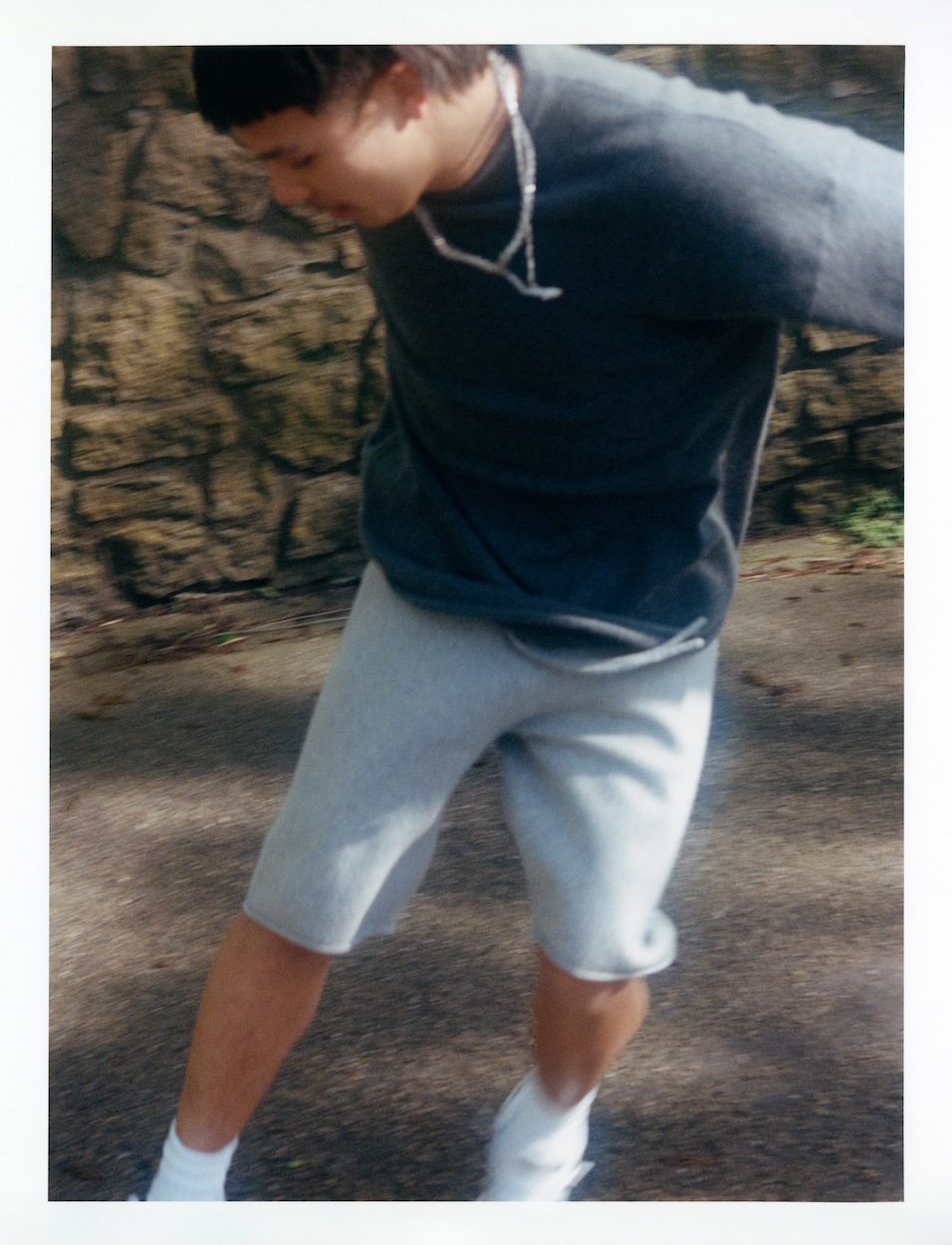
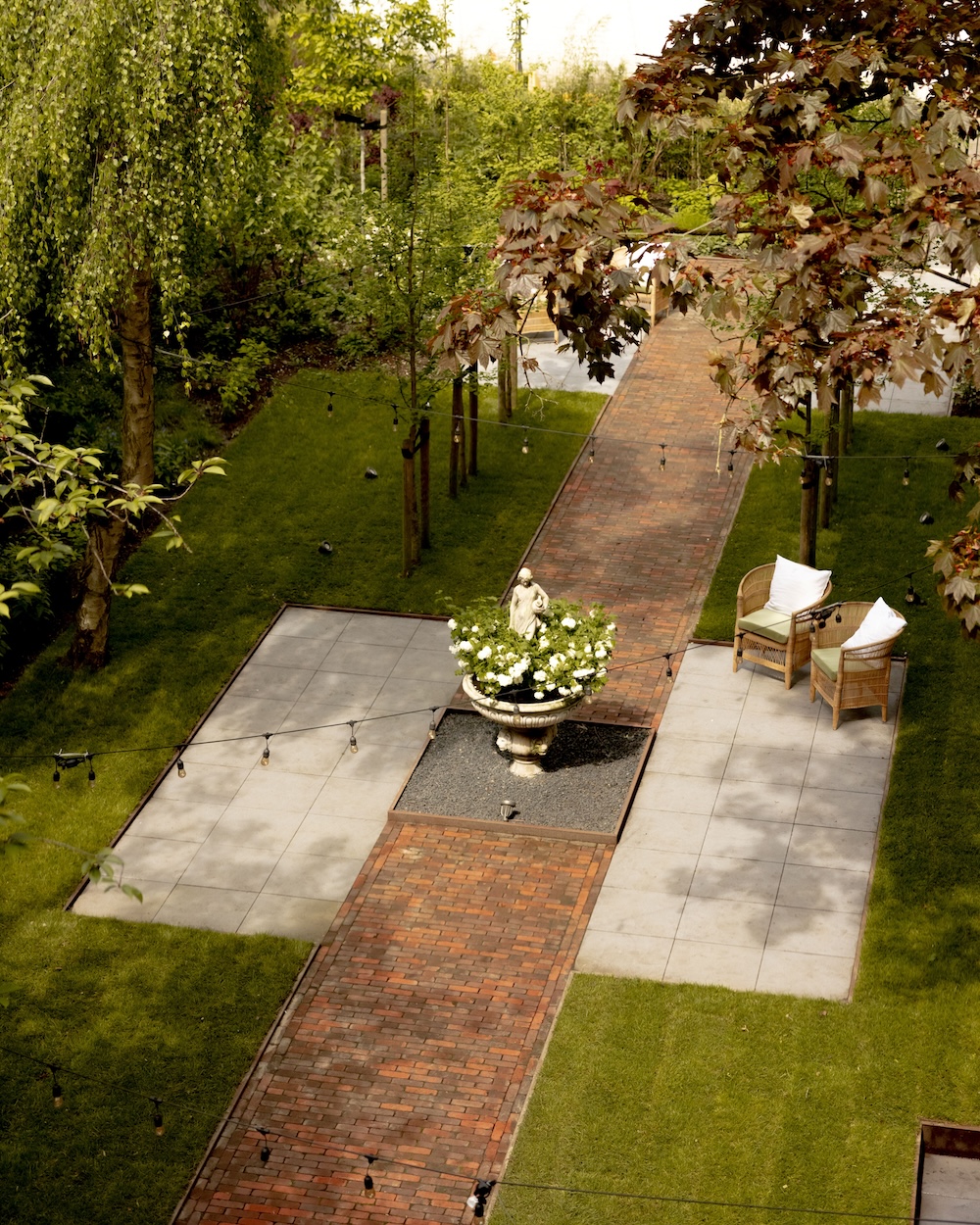
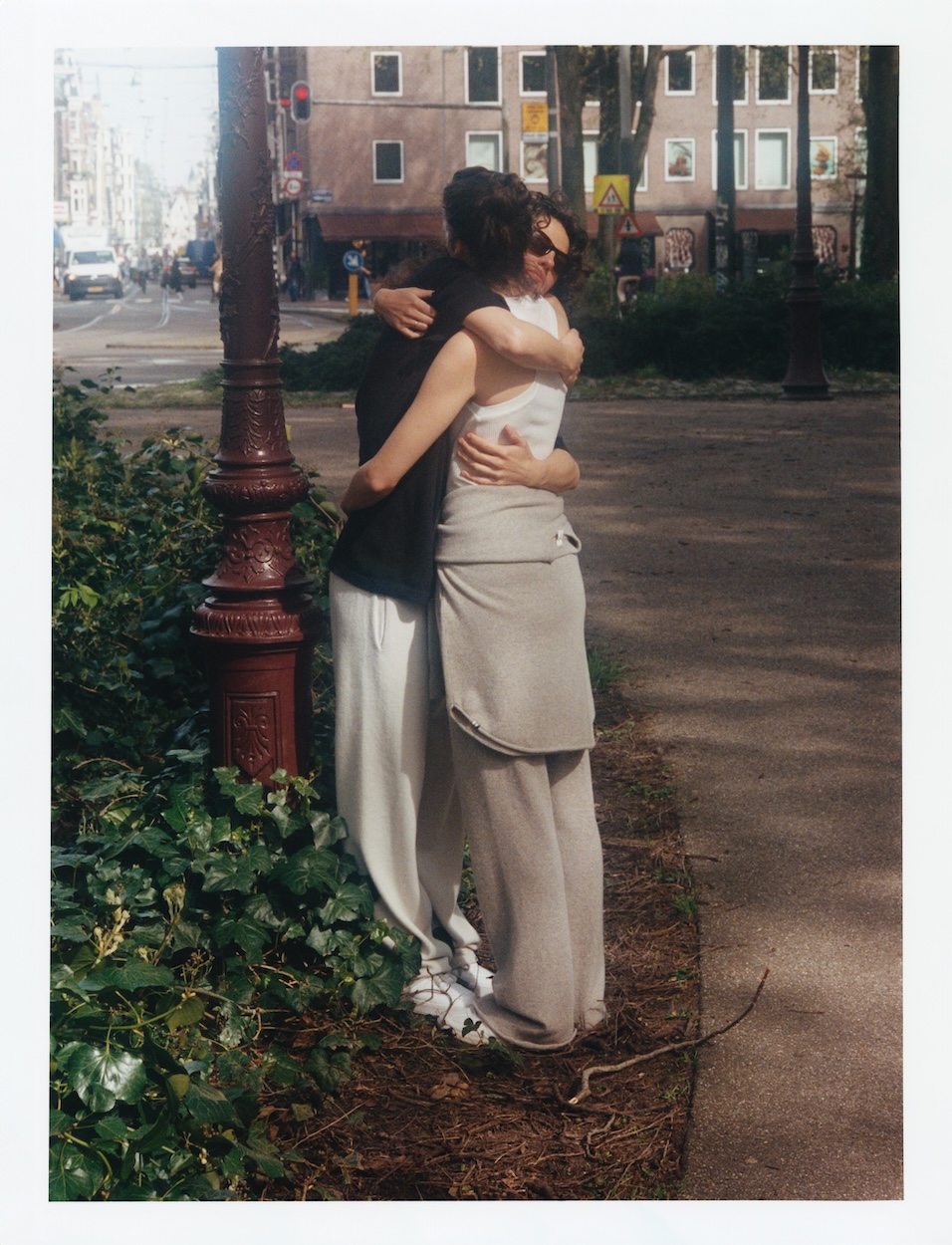
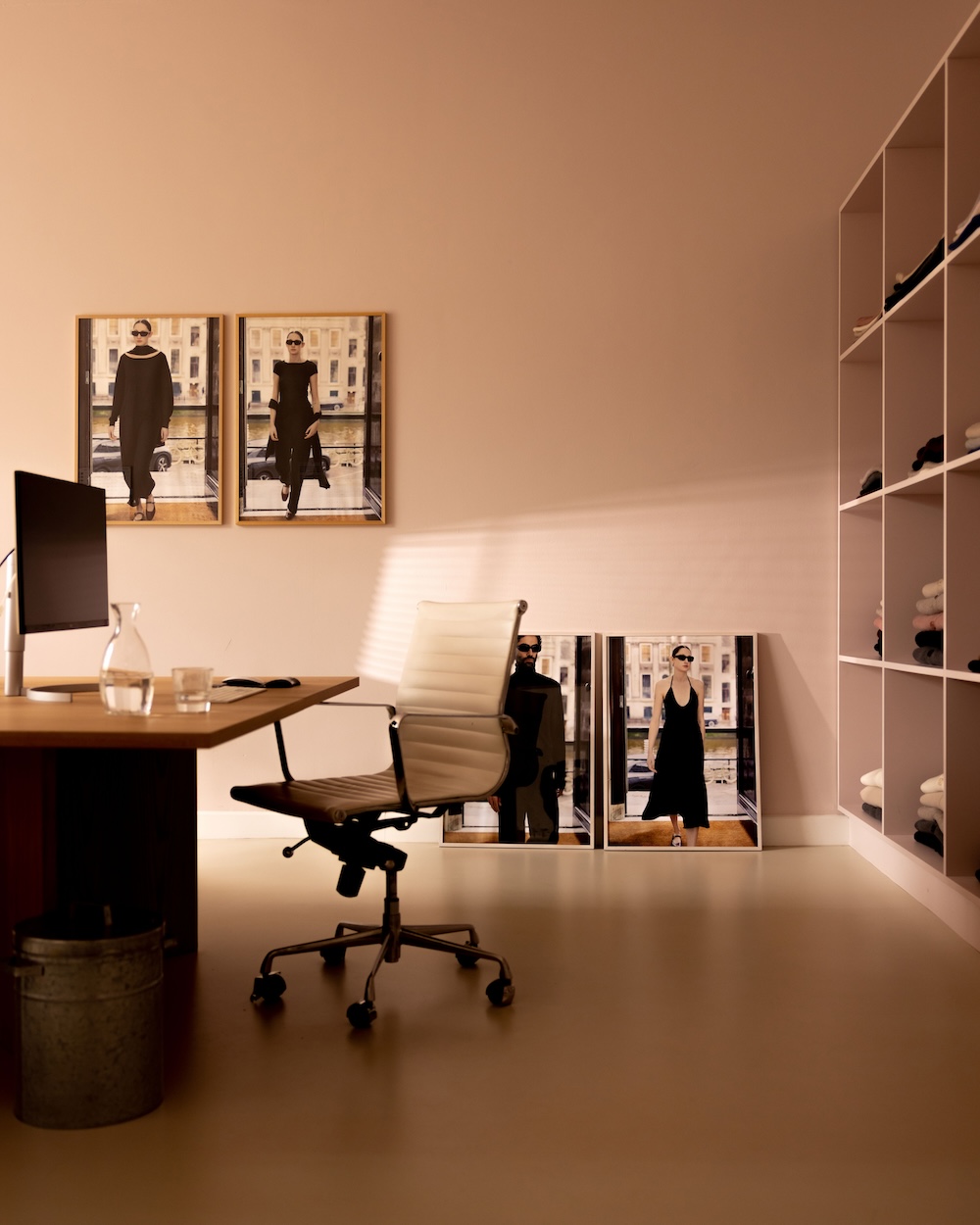
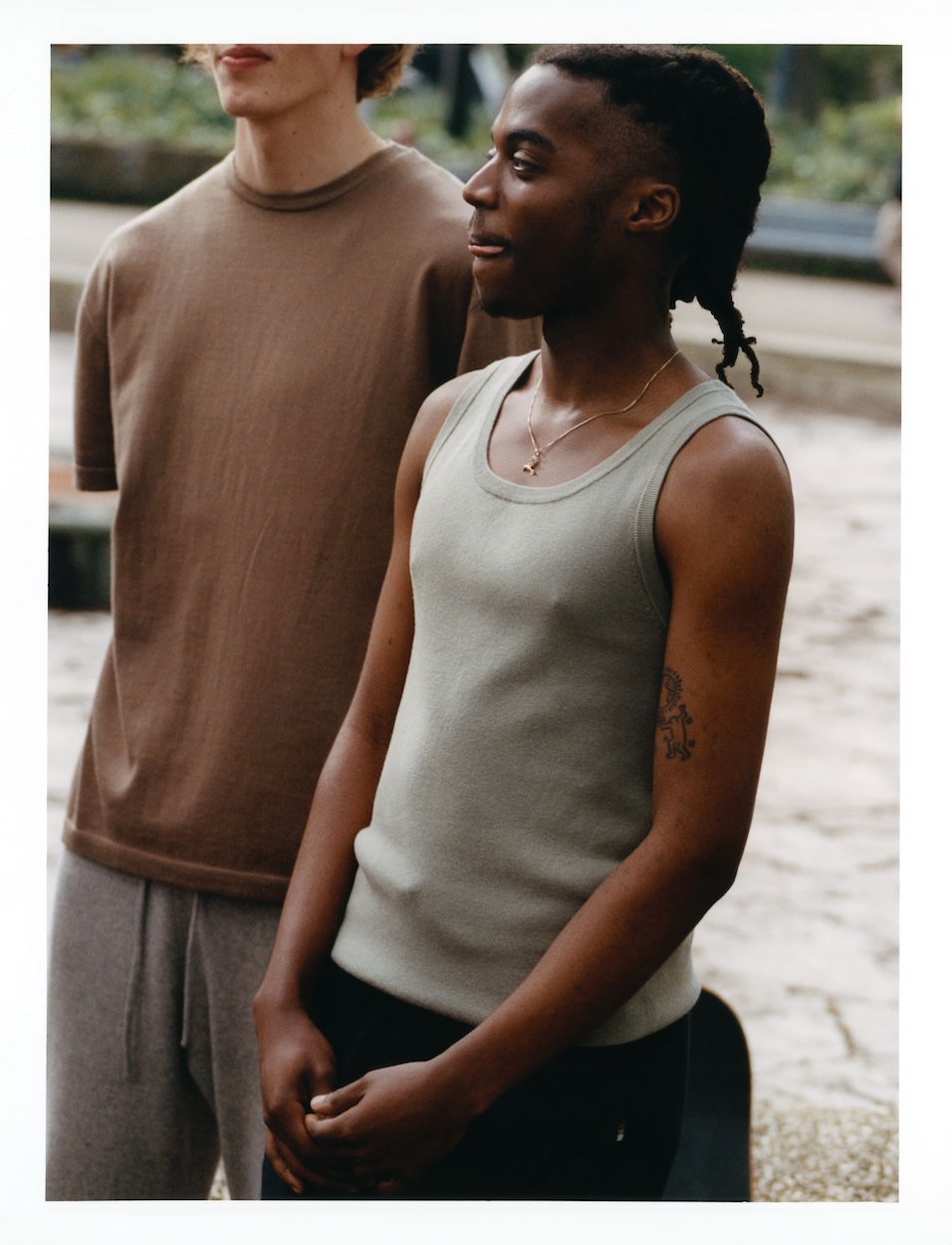
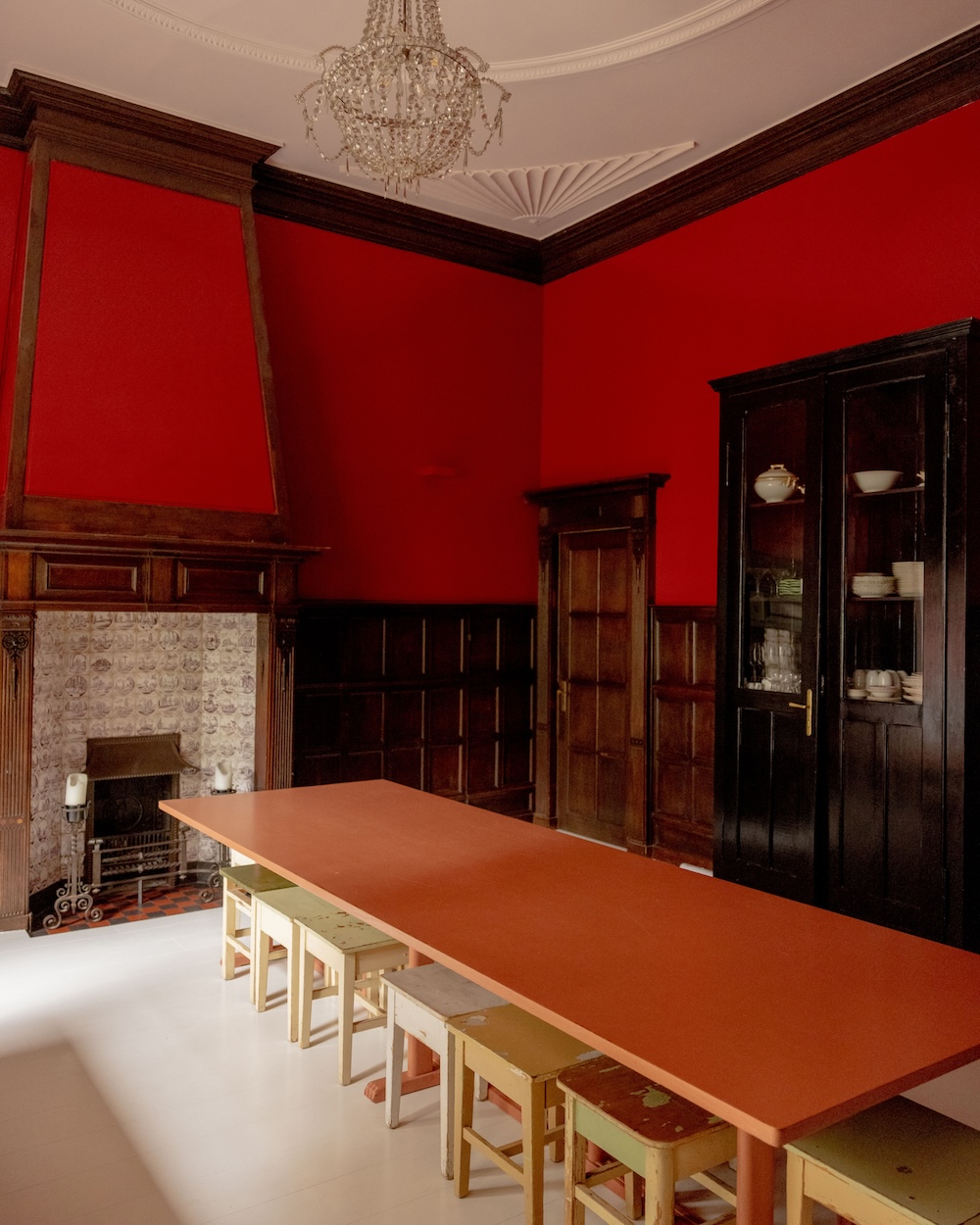
Amsterdam-based label extreme cashmere is – as the name suggests – extreme: extremely creative, extremely dedicated to modern, sustainable luxury and extremely aware of who they are. A visit to their canal facing headquarter in Amsterdam proofs everyone wrong who doesn’t see a future in quiet, smart luxury.
It is a cloudy day in pretty Amsterdam, when we are approaching the stunning 17th-century building in the capital’s canal district. It is a home to Saskia Dijkstra, founder and owner of extreme cashmere and her young, powerful 25-member team. It couldn’t be more picturesque entering the beautifully maintained rooms of the special location, which used to be a girls’ boarding school.
In the big, open working kitchen, lunch is being prepared by a chef employed by the brand who cooks healthy, vegan-friendly team lunches regularly, oftentimes also with branding director Wies Verhoofstad who is a dedicated chef herself and used to cook together with Saskia before times were getting too busy. The wooden dining room gives space for all employees, which was a crucial condition for founder Saskia Dijkstra when looking for a new space. Of course, a big garden is part of this stunning hub too.
Being taken on tour by Dijkstra, Verhoofstad and brand designer Jules ten Velde through their extremely successful but healthy-growing universe, is not only aesthetically remarkable. Their universe speaks about strong values that can be found in every corner: inclusivity, high quality and creativity standards, resourcefulness and – above all – absence of fuss. Straightforwardness and visionary thinking are on full display here, while other brands are desperately creating these terms to protect their fading position on the market.
Everything here feels organic, unforced, but also uncompromised. Dijkstra – who claims to be the least emotional person in the world, which also appears in her dedication to what she is doing with sufficient clarity and passion – has created an impressively new take on “no-limits knitwear”, a wide range of Mongolian cashmere designs that are by now available in more than 300 stores worldwide. Everything started in Hong Kong, where she worked for more than 20 years as a manufacturing producer for brands including Joseph and Jil Sander. When she found a factory that made beautiful double-faced cashmere jumpers, she came closer to her dream of creating that perfect cashmere sweater (originally for herself). High quality, innovative design, and a fair price point were initial values that she expanded on with a modern vision. “Who in the world wouldn’t want to wear a beautiful cashmere sweater?!”, smiles Wies Verhoofstad, the young brand director who works alongside Dijkstra. It sounds simple, but it turns out to be a powerful key to success. A sweater that makes you feel good and uplifts your mood, a sweater that you can wear for “extreme hiking or gymnastics” but also for “extreme elegant occasions”, a sweater that works on all genders and all ages, for all body silhouettes, and actually for almost all seasons too. “A sweater to go to a really good restaurant without changing but your shoes” is something that everyone needs in their wardrobe, says Dijkstra talking about her designs that all have a brand label inside designed to be removed. No hype and no fuss here, no space for influencers. By now, the extreme cashmere collections include obviously more than the perfect Cashmere Sweater: bralettes, mesh tops, long dresses, tube tops or skirts are part of it too. Every collection, designed in a singular size to be worn by everyone, shows a different aspect of extreme cashmere occasions. For Numéro Berlin we sat down with Dijkstra and Verhoofstad to discuss a no concession vision and to talk about that very something in the fashion business that Dijkstra cannot get her head around.
Saskia Dijkstra: To work without concessions. That’s the biggest lesson.
Saskia Dijkstra: Because I don’t think when you make a product, you should make any concessions. You just have to do the best you can. We don’t make any concessions in this company. But I think in most of the other companies, there are so many concessions being made every day – we just don’t want to make them.
Wies Verhoofstad: No, it actually helps us make decisions.
Saskia Dijkstra: Yes, it makes things easier. Sometimes we talk about a shoot, for example, and then if we ask ourselves: “Is this a concession?,” it’s usually the one. So then we know what to do.
“We don’t make any concessions in this company”
Saskia Dijkstra: I think we rely on our instinct, and we have a very, very clear framework. Then there’s a lot of creativity in this building, Wies is a good example. I think she sees the brand better than all of us, and she has the best words to talk about it.
Wies Verhoofstad: I think the more professional we get and the more we grow, the more we think about how something needs to be relevant for us. Of course, we have a lot of creative ideas and want to do lots of things, but now we have come to a point where we have to reflect properly on which direction we want to go. That also helps us a lot with our decision-making.
Saskia Dijkstra: The challenging thing is timing. Sometimes we postpone something because we just aren’t ready. And that is ok, too. This company is in the right flow, it is going by itself.
Saskia Dijkstra: I just really wanted the right sweater for myself at a reasonable price point. I don’t think there were any out there. Back then, I liked the Celine sweaters — the heavy ones — when Phoebe was still there. Although I didn’t like the openings on the side, she made a sweater that I think people would feel good in. I still didn’t buy it, so I really wanted the right one for myself. That was my dream—to have a high-quality sweater, a nice roll-neck and I think in the cashmere segment, it should always be available in a light gray, in a moss, and in navy. Anytime you should be able to get it, the same goes for the little cardigan; it has to be in a store at any time. Those are classics. I think that everybody needs a navy cardigan in their wardrobe. If you have a bad day, you put it on with a white T-shirt and jeans. Almost everyone looks good in it.
Saskia Dijkstra: The fiber length, the tension of the knitting, the technical drawing sheet – that’s the most important for the technique, how you knit it.
Saskia Dijkstra: Including this, but the peeling depends on a few factors. It depends a lot on who wears it and how much the person moves. Then, the shorter the fiber and the looser you knit it, the more it peels since it creates more space to rub. Also, colors influence it: the more dyed it is, the more it peels. And cashmere needs water. So you have to wash it regularly with the washing machine.
“I think that everybody needs a navy cardigan in their wardrobe. If you have a bad day, you put it on with a white T-shirt and jeans. Almost everyone looks good in it”
Saskia Dijkstra: You have seen our care labels; that is one of the important elements. Also, every customer can bring us their sweaters, and we wash them here for them. Every time they collect them, they look brand new. I wear sweaters that are more than seven years old.
Wies Verhoofstad: The whole “Care education” will be a big, big topic for us for the next year. We will elaborate on that in a cool way, like we usually do, because we can see the big misconception. People often tell us they know it all, but still don’t follow the care instructions properly.
Saskia Dijkstra: Yes, but we haven’t done it so far. Not yet.
Saskia Dijkstra: One of the most important words in our company are truthfulness and staying genuine. New York is a good example: we got to shoot there after we spent a lot of time in America, which influenced the collection. We constantly thought about New York while working on it, because it represents so many different types of people and cultures. We wanted to dress everyone, that guy who works in the bank the whole week and..
Wies Verhoofstad: …also places became important.
Saskia Dijkstra: Yes, they took me to places in New York that I’ve never been before. So, we have seen all these personas, from the Upper East, Meatpacking District to East Brooklyn. With our collection, that we designed in colors, we really could dress everybody. When Wies was shooting it for our campaign, she drove through Manhattan with a photographer to find all these people. The most beautiful thing was receiving her messages in the morning about all these people’s stories. I’m not a very emotional person, but I really had tears in my eyes when I was reading them. All of that really made sense because it was truthful. When I was in China six months ago, I really wanted to share these beautiful stories with the world. That’s when we started brainstorming and the idea came up: Made in China, which is a very sensitive story for me because I am going to China for 30 years and I’m very proud of what we’re doing there.
Wies Verhoofstad: We work with such a simple concept because, in fact, it is all about the product, which is, in a way, the culture as well. Also, you can take the product out of its context – you can put it on different people, bring it to different situations and different places in the world, and it really changes, too. I think by doing this, you create a culture around your product, but it’s very simple because it’s just about people, places, times of the day, and situations.
“One of the most important words in our company are truthfulness and staying genuine”
Wies Verhoofstad: Yes, and it works on everyone and everywhere but you never know. I have also seen stuff from other brands where it didn’t work out. I remember this one old Helmut Lang campaign for which they dressed all these elderly women but it really felt unnatural and a bit inappropriate as well. For us, it works without romanticizing or changing the person or even disrupting and intruding something. Because who in the world wouldn’t want to wear a beautiful sweater?!
Wies Verhoofstad: It’s really cool to see the differences: In Asia, especially in Japan and Korea, people wear stuff on top of each other, they mix crazy colors and layer the pieces so differently. You wouldn’t see this in the US or in Germany.
Saskia Dijkstra: In Korea and China, we have a very young audience, whereas, I would say, in Europe it’s more women of my age, but, of course, some younger ones too. When we do our sample sale, the average age in the queue is 28. They’re really, really young. This is my biggest pride. I think all the brands would love to reach the younger generation too. Also, it was always something that we wanted to realise; we wanted to make products for them. I’m a strong believer in energy; if a sweater makes you feel good, you will always return to it.
Wies Verhoofstad: Of course, there are also more special products, like little tops, that appeal more to young, fashion-oriented people. Especially to Japanese, as they love to layer these tops with all the pieces they have, and it looks beautiful.
Saskia Dijkstra: Also, they buy the biggest pieces, unlike the Germans, for example, who understand silhouettes and sizes differently. But really, the most difficult thing about our brand is that you have to put it on to find the desire. The desire is not on the hanger. The desire only comes when you wear and feel it on the body; that’s when the magic happens.
“Because who in the world wouldn’t want to wear a beautiful sweater?!”
Wies Verhoofstad: Well, it might take a little longer. But in the end, it happens, and it’s kind of romantic because it is more organic. Sometimes, I give friends a sweater to try on, and it is beautiful to watch it.
Saskia Dijkstra: First of all, you consider which season you’re going to make it for. Right now, we are working on the 31st, which we will present in September during fashion week, and it’s probably going to be delivered in January to the stores. In the fashion world it’s called summer; I think it’s winter. That’s something that I cannot get my head around, because look at us here, it’s mid-May and we are all wearing cashmere sweaters. I think we should always be able to buy all the qualities that we have all year long. I’ve never understood this part of the business, and I never will. So we offer all the different styles, including heavy roll necks for all seasons, and the customers can choose.
“The desire is not on the hanger. The desire only comes when you wear and feel it on the body; that’s when the magic happens”
Saskia Dijkstra: We created some really beautiful cashmere dresses, and some of the styles will still be produced, but this edition was to show couture and present all the occasions for cashmere. It wasn’t that we wanted to make a couture line. I think it’s important to always have a good sweater, that you can go to a really good restaurant without changing, or maybe only change your shoes.
Wies Verhoofstad: Our collections always try to reflect the fine lines between different styles and occasions. For our Japan edition, we tried to be a bit more elegant with lots of black styles; for example, the one after was about uniforms.
Saskia Dijkstra: I love this one. I lived in France for a long time, and I remember that when you came back to school after the holidays – it is called “la rentré” in French — it was very special since you would go shopping with your parents to get new clothes, a new calendar, pens, etc. It’s even better in the UK because they have these amazing uniforms. So, that was the base of that collection, and now we are starting to dress all these children. Wies is going to shoot it in Oxford…
Wies Verhoofstad: Yes, with a street cast including students, teachers, it can actually be anyone.
Saskia Dijkstra: We even want to show a full look, so we created these little mini skirts, and they are such a big hit. We have also made leggings to combine the skirts with.
Saskia Dijkstra: We are really good friends with Apropos. Back then, before we started selling at Apropos, I didn’t even know the store. I don’t know much about this business, my strength really is production and design. So when somebody told me that they are one of the best stores in Germany, we did some research and send them a product with a letter that one day, we would love to show them our designs. About three weeks later, they sent us an email that they wanted to come into the office. We were still in a very small office, and the windows were stuck. It was winter, and there was a strong wind; we couldn’t close the window. When we met them, they had just opened their new Dusseldorf store, so they bought a lot at that time. I went to the opening, and it was really nice to see who was buying extreme cashmere. We were positioned between these rails of old Celine; I think it was Phoebe Philo’s last collection, and Yves Saint Laurent. At first, I was like “whaaaaat” but then it made more and more sense. You buy your pants from The Row, Celine, etc, but it is actually us who make the best quality sweaters. And compared to the other high fashion brands, our prices are very good. They sold. It is still our best-selling store worldwide. So yes, the Apropos owners are dear friends of ours; we love having dinner together. And actually, this year, we will go to Oktoberfest together with a colleague who is in Australia. Now we all have to get these “dirndls” (laughs).
* Traditional dress worn in parts of southern Germany and Austria.
“I think respect is the most important thing when working with each other”
Saskia Dijkstra: No, one of these VIP’s, all is preordered already. But honestly, you can put us anywhere; we are always having a good time.
Wies Verhoofstad: We have millions of ideas – one for sure is to really push the cashmere care culture more. By now, we have to make a good selection of what makes sense for us, but there are no limits.
Wies Verhoofsta: It is more of a framework for us, since we can do whatever we want as long as it is cashmere. And there is so much you can do, while at the same time, you automatically stay consistent with what you do. I think we have established a strong base that is filled with the right values, so we can be creative without losing ourselves.
Saskia Dijkstra: Let me think of a better way to put it before I say stupid things. I don’t like it when it’s marketing. Coming back to what we talked about before, it has to be truthful, it has to make sense. We have been offered, but so far we only believe in one. We are going to keep it to ourselves at this moment. That one though is truthful, interesting and it has a purpose.
Saskia Dijkstra: Sometimes we have exclusives for retailers. And then we will do something for Dover Street Market in Ginza, but other than that, not really.
Saskia Dijkstra: Sometimes we make huge blankets for couches; they can be ordered one by one because they’re very expensive. Right now, we don’t have the time or working resources to produce cushions because I want them to be the best cushions; however, we made some covers. We are so busy with our sweaters and with getting ourselves out there that I think we should focus on that first. We are focused on dressing more men. We realized that we missed a few body shapes for men.
Wies Verhoofstad: It’s easier with women because they can wear any shapes that men wear as well.
Saskia Dijkstra: Yes, we can dress only the fashion guys, but we need more shapes for the classic guys.
“So, it is respect and also freedom that I put first. I need a lot of freedom myself, too”
Saskia Dijkstra: From a business perspective, yes. But the potential in menswear is huge. I find it really easy to dress guys. The great thing about men is that if they like a sweater, they buy it in every color. Especially when we travel through the States, we see that men are far more down-dressed than in Europe. You don’t see guys with white shirts and pants that are too short with bold shoes. However, they all wear cashmere sweaters.
Saskia Dijkstra: I think respect is the most important thing when working with each other.It is one of my most important values. For example, we have someone working here; she’s a single mom with children. She makes sure that this office looks clean every day. I want her to be respected exactly the same way people respect me or the financier. And then I think people spend so much time in the office, like everyone else; we sleep, we work, and we have private time, but we work more than we have private time. So it has to be a good work-life balance.
Wies Verhoofstad: I think Saskia gives us a lot of freedom. She has faith in us. She believes that we are good at what we are doing, and she also lets us do it. There’s space for everything and that is very special.
Saskia Dijkstra: I am very happy with the small team we started with 7 years ago. I think we built the company together. They were so young and never saw anything else in the working world, but they saw and still see a lot of other things. That’s actually their biggest strength, that they see so much. And because I want them to stay, I try to take care of people. So, it is respect and also freedom that I put first. I need a lot of freedom myself, too. It was the best thing my Chinese boss gave me. She gave me all the freedom I wanted.

On being brave: Numéro Berlin spoke with Little Simz about her freshly released sixth…
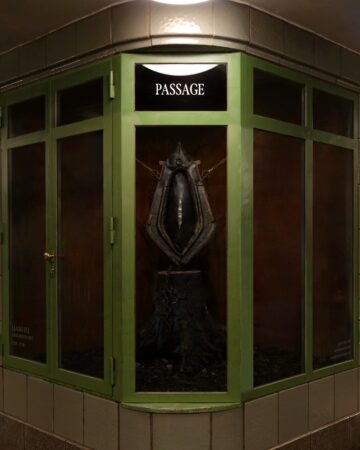
With his latest installation "SPINE BOUNDARY" at Hermannplatz, Berlin, Chinese born Artist…
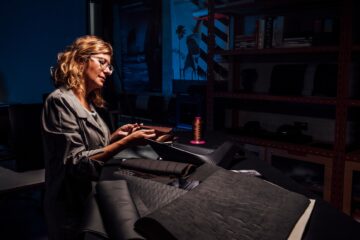
Once a challenger brand in the automotive world, CUPRA has steadily entered a new era, one…
Interview by Chiara Anzivino